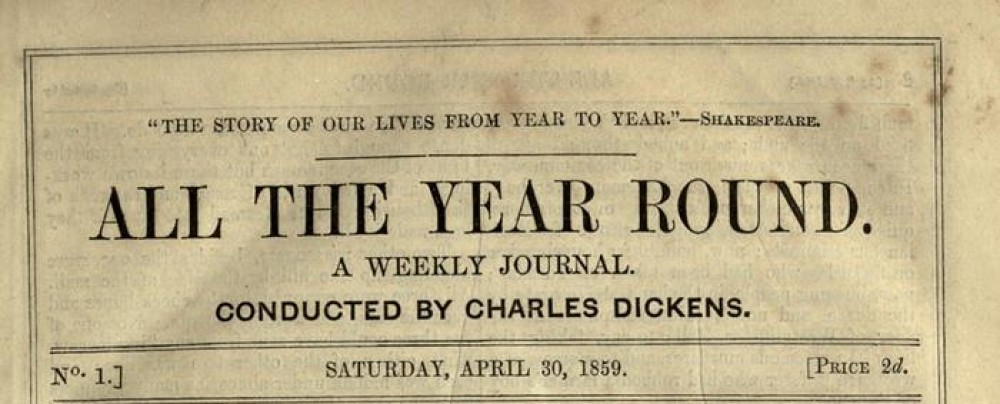The nature of this project has led us to being very reactive and immediate in our responses, dealing with instalments almost in isolation as we focus our energies on the here and now, occasionally trying to remember the there and then. But as we are now approaching the end, I’ve begun looking back on all that we’ve read so far – as a contemporary reader would have done – to step back and take a look at the whole, and consider some of the issues that apply to the story we’ve been reading.
One of the main issues that has been raised continually throughout the blog (and indeed was raised again on Friday by Ben) is this turmoil and conflict between plot and character. I’ve been wondering how accurate it is ton look at the two conflicting, to consider that a book must be about either plot or character – that they are two distinctive ideas. Is this really the case? Surely everything we know about a fictional character is determined by the plot of the novel and their reactions to that, and often characters are described not purely by who they are but what they do: Emily in David Copperfield is a fallen woman, and Steerforth a rake, but is that facet of their character determined by the plot, or do their characters determine the way the plot unfolds?
In ATOTC, certainly, it appears the Dickens has prioritised plot: there have been times when characters have acted questionably, their integrity sacrificed at the sake of moving the plot along, or complex emotions condensed to a paragraph in order to squeeze everything else in (e.g. Lucie’s outburst at Darnay’s trial, which sees her go through a range of despair, self-destruction and thoughts of the kids in less time than it takes to make a cup of tea). But just because Dickens intended it to be about plot, doesn’t automatically mean that we as readers are going to honour that and not focus on the characters instead, especially given our preconceptions about Dickens as a writer.
We’ve all of us at one time or another been brandishing Dickens’s intent to make this book about plot instead of character; simultaneously we’ve all been getting thoroughly involved with the characters as well, interrogating why they act in certain ways and whether this complements or contradicts what we previously thought of them. In doing this, interestingly, we have been responding very much as readers and treating the characters increasingly as real people rather than constructions of Dickens’s imagination (I don’t say this to criticise or commend, merely to comment: I think in responding this way we are being more honest and immersing ourself more in Dickens’s world, which is a compliment to the story). But perhaps plot is important after all – we have spent more time sympathising with Lucie than with the unfortunate Mrs Cruncher: there is nothing intrinsic in the character of one or the other to impact upon how much attention we pay to them, instead it is determined by plot: Mrs Cruncher is a minor character who has been generally forgotten, while Lucie has been appearing in the majority of instalments: her role in the plot increases our focus on her character.
What do other bloggers think? Has Dickens prioritised plot at the expense of character? Are the characters in this book weaker than in his others? And do we as readers focus less on characters in this book than the others?
